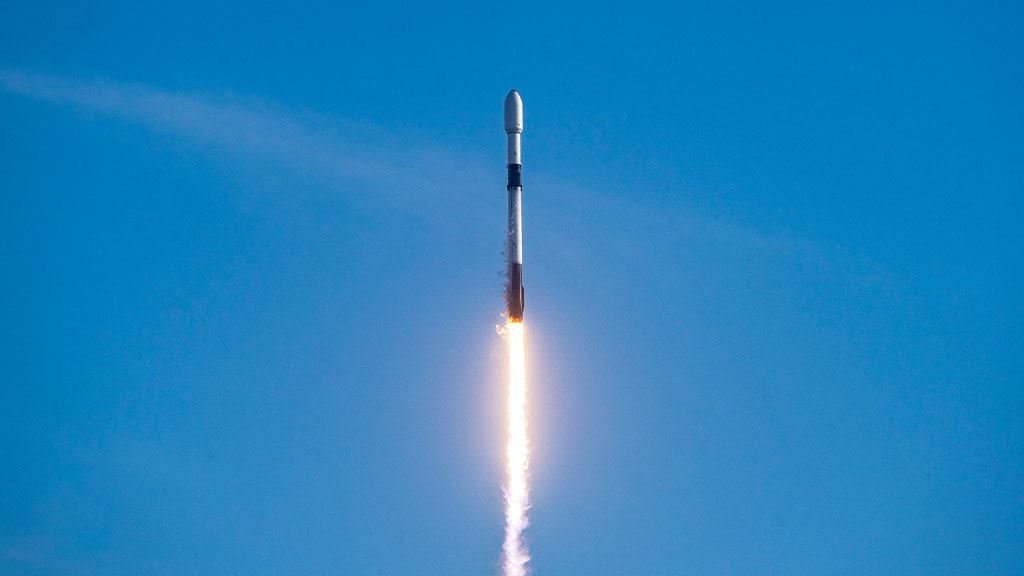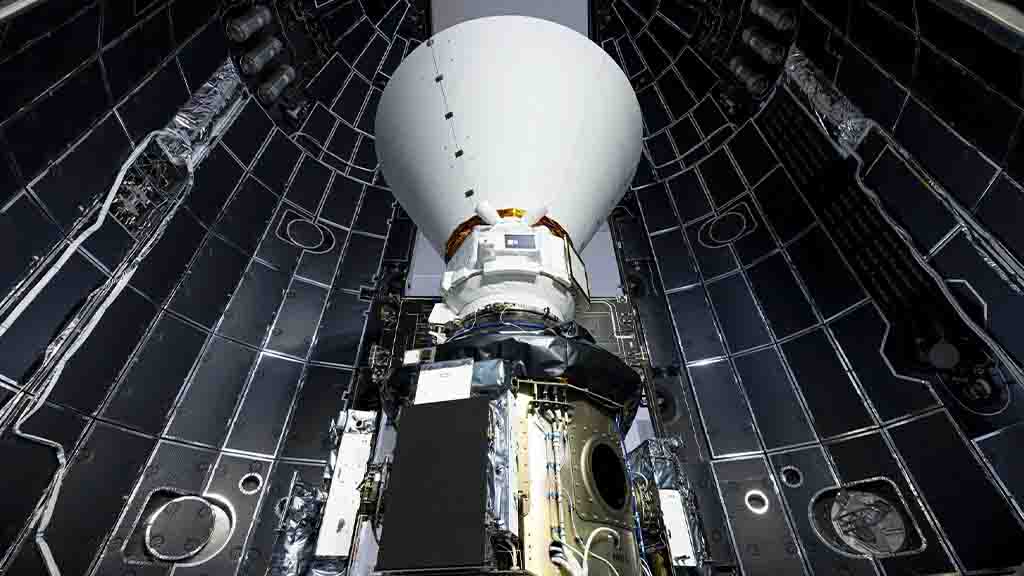SpaceX
SpaceX Falcon 9 launching NASA’s SPHEREx this week [Updated]

Update 2: SpaceX and NASA teams are standing down from today’s (March 10) launch of SPHEREx mission due to bad weather and the some kind of issue in the spacecraft. The launch partners will share the next launch opportunity soon.
Update 1: SpaceX has announced that the SPHEREx satellite mission is pushed to this week and targeting no earlier than March 10 at 8:10 p.m. PT for the liftoff. The backup launch opportunity is available on March 11 at the same time. Yesterday, the company announced that it will let go of the March 8 window and come up with a new launch date.
SpaceX has announced a new Falcon 9 mission for March 8, 2025, to launch NASA’s SPHEREx satellite from Space Launch Complex 4 East at Vandenberg Space Force Base in California. The liftoff window will open at 7:10 p.m. PT and a backup launch opportunity is available on Sunday, March 9.
The mission payload includes SPHEREx (Spectro-Photometer for the History of the Universe, Epoch of Reionization and Ices Explorer) satellite and NASA’s PUNCH (Polarimeter of Unify the Corona and Heliosphere), a group of sour small satellites to map the region where Sun’s outer atmosphere, the corona and transitions to the solar wind, the constant outflow of material from the Sun.
SPHEREx
This satellite detects infrared light, wavelengths slightly longer than what we see with human eyes. These are emitted by warm objects such as stars and galaxies.
With its unique instruments, SPHEREx will separate the infrared light emitted by hundreds of millions of stars and galaxies into 102 individual colors. It is like a prism splits sunlight into a rainbow.

NASA’s SPHEREx satellite encapsulated inside SpaceX Falcon 9 Rocket payload fairings
Scientists will be able to observe these colors separately to now about the different properties of these objects including their composition. In case of galaxies, this tech will help to measure their distance from Earth.
Its spectroscopic map will be used for a range of different science experiments. One of these will look for a phenomenon called inflation, which is caused the universe to expand a trillion-trillionfold in a fraction of a second after the big bang.
With SPHEREx, NASA plans to measure the total glow from all galaxies, which is not possible with the telescopes. A combined result from this new technology will help to know a lot more about the universe and its composition.
Launch Sequence
NASA and SpaceX have already performed the pre-launch preparations, including testing for the spacecraft’s various systems. It is recently encapsulated in Falcon 9’s payload fairings and standing vertical on the launch pad.
After 41 minutes in the mission tie, the SPHEREx will separate from the second stage and start its internal systems to open its solar panel toward the Sun. Soon after this event, the system will establish connection with the mission control at NASA.
The second payload PUNCH will separate at around 52 minutes in the mission time. Both will be in a Sun-synchronous low Earth orbit. This unique orbit will allow the SPHEREx to not only conduct its scientific studies but also cover the entire sky in six months.
(source)












